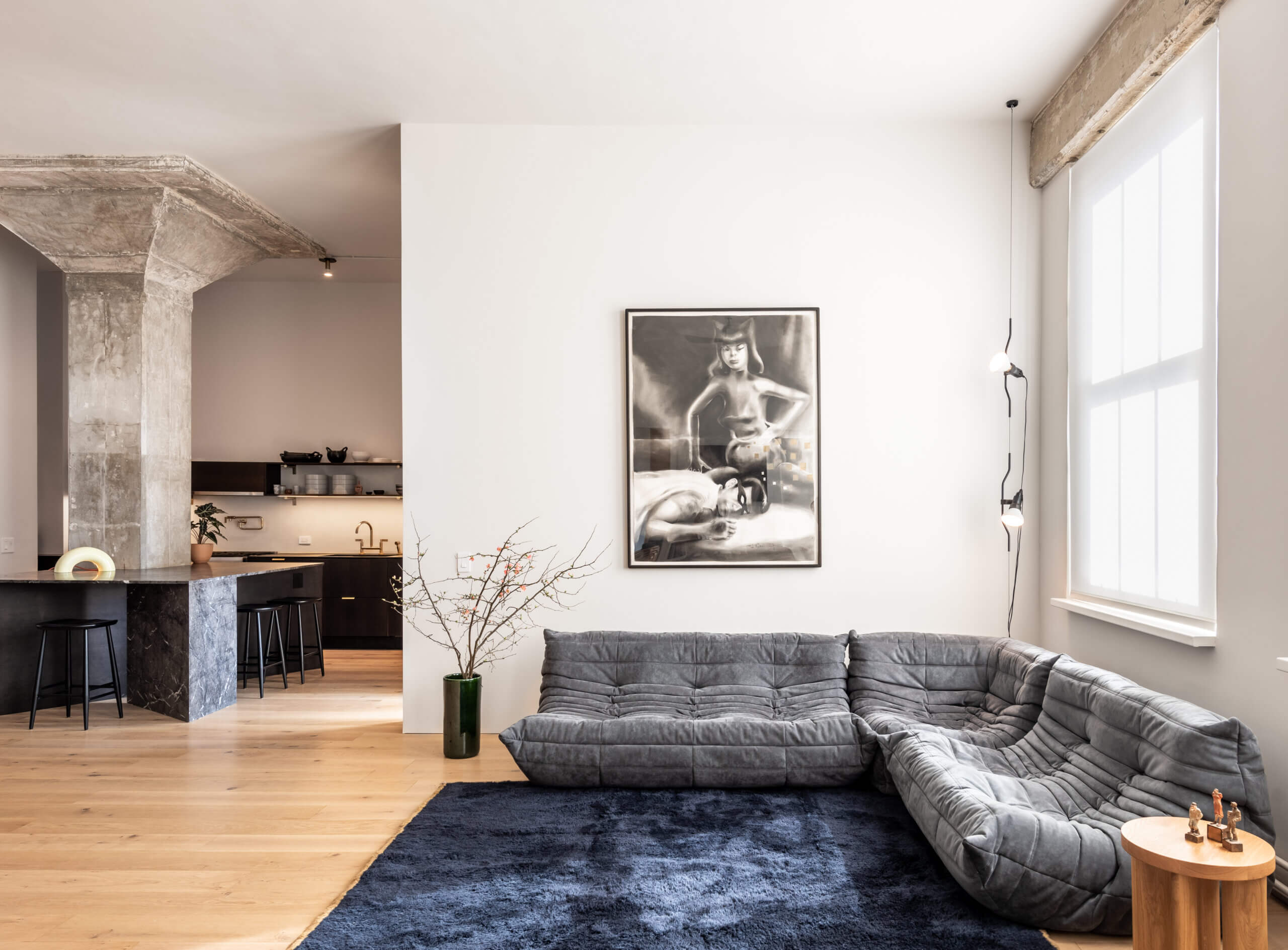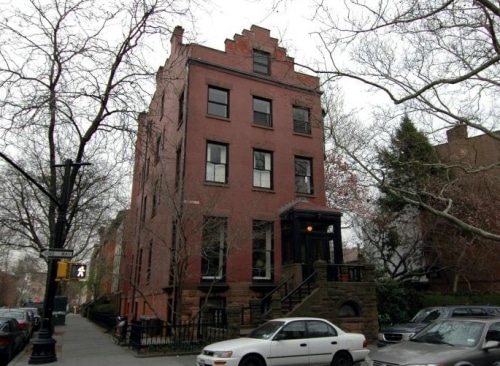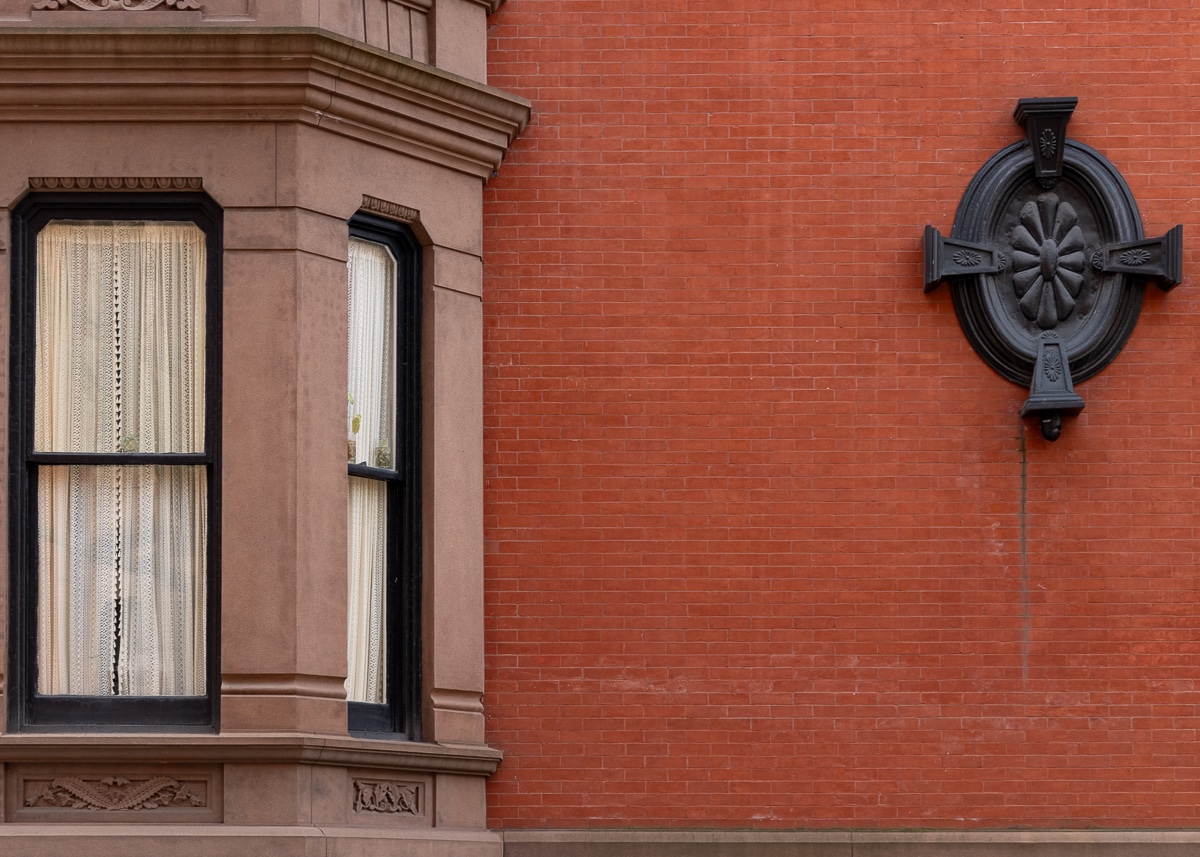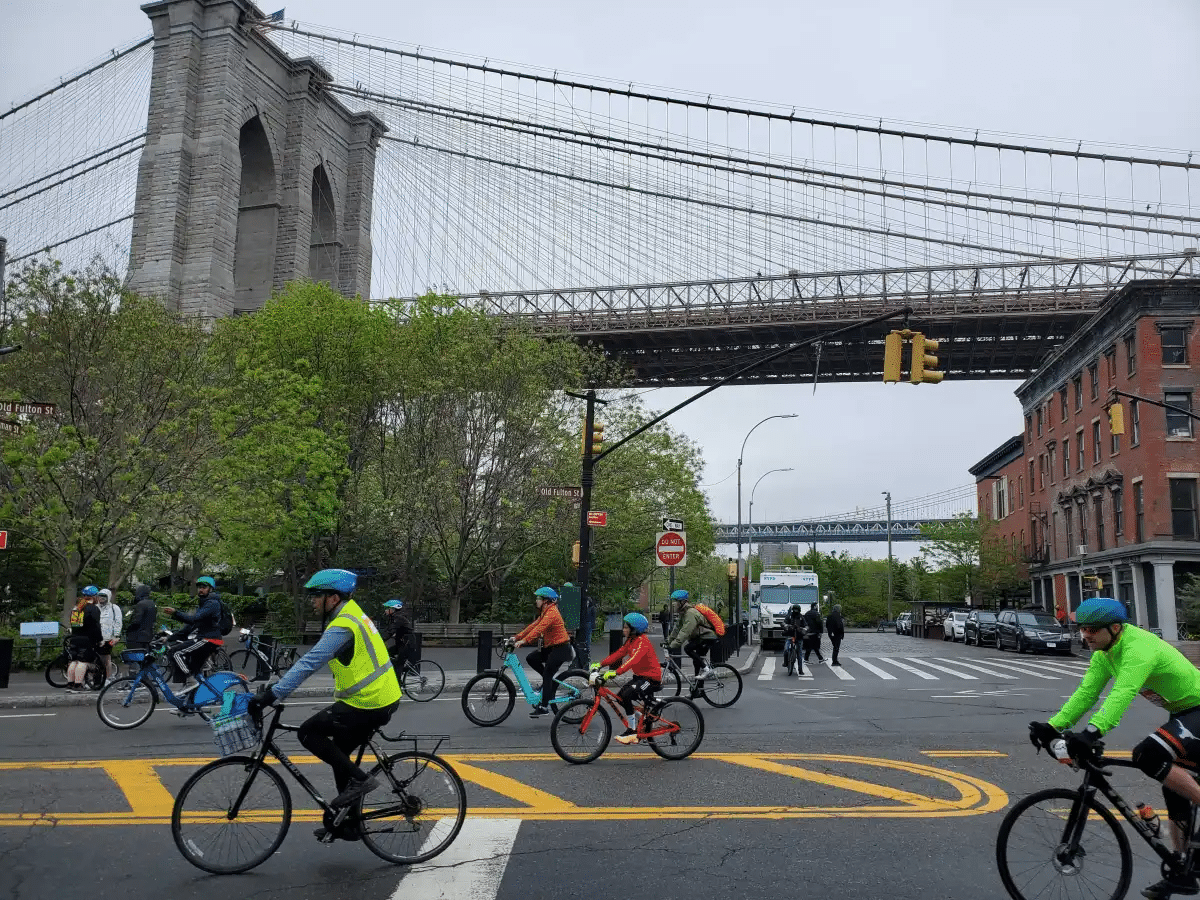Planning: Carroll Gardens Has to Wait in Line for Downzone
Carroll Gardens isn’t going to be getting any special favors from the Dept. of City Planning. Although Councilman Bill de Blasio announced last week that Planning had agreed to consider downzoning the neighborhood, a department rep told The Brooklyn Paper that they are unable to commit to a precise timeframe for a downzoning study. The…
Carroll Gardens isn’t going to be getting any special favors from the Dept. of City Planning. Although Councilman Bill de Blasio announced last week that Planning had agreed to consider downzoning the neighborhood, a department rep told The Brooklyn Paper that they are unable to commit to a precise timeframe for a downzoning study. The city also said that that the Councilman’s bid for a moratorium on all new buildings over 50 feet wasn’t going to happen anytime soon, because it would require an extensive environmental review. Neighborhood group CORD, which has been pushing for a building moratorium on all new construction over 50 feet, issued a statement saying that “Carroll Gardens recognizes the need and sympathizes with the frustrations of each and every other neighborhood looking for relief through rezoning,” and that they are “not looking to shove anyone out of the way. We want to see more ‘windows’ open up to service those of us waiting on line.” They also had harsher words for Planning: “Given the incredible rate of development in Brooklyn over the last several years, it is difficult for us to understand how City Planning can still be so understaffed and overwhelmed.”
CG Rises Up Against Development [Brooklyn Paper]
At Rally, News of Carroll Gardens Downzoning Progress [Brownstoner]









6:18 PM
Carroll Gardens should evolve into one of the wealthiest neighborhoods in NYC – wow, what an aspiration!
4:53
There are more than a few high rises in Greenwich Village. If anything, most of us would be quite happy with the mix of densities found in the village. townhouses on the side streets, high rises on the avenues or major streets.
Greenwich Village is actually a perfect example of how you can have historical charm intermixed with large, multifamily apartment buildings.
Carroll Gardens should evolve to be like Brooklyn Heights or Greenwich Village.
Clarification – or closing loophole on the ‘wide street’ issue for garden blocks and
adding some blocks for landmarking also is fine.
But the call for a 50′ limit on vast area –
including commercial streets, fringe blocks with mix of vacant lots, or warehouses or old industrial, is pretty outrageous and a real turnoff.
5, 6, 8 story buildings are not highrises.
One building the shrill voices are complaining about is on Luquer with part of lot on Hamilton by the BQE.
Not a place you are going to build a new brownstone.
The complainers are really too much in my book. I don’t see ‘knock downs’ in middle of ‘Place’ blocks or any mostly residential blocks in the area. Most of the new stuff is on vacant property and helping the neighbhorhood not hurting.
Guest 4:33, sweetie, it has nothing to do with what anybody deserves.
Although, since you ask, I deserve 3,600 square feet. 🙂
And while I agree with you that high-rise housing is more efficient, ruining the historic neighborhoods that make the city beautiful by turning them into congested, dark canyons is not exactly a great idea (what, did Robert Moses come back to life?) There are plenty of other places in Brooklyn to tear stuff down and build tall.
Meanwhile, the benefits of restored, historic neighborhoods are enormous, many of them economic and quantifiable, many of the most important ones, not.
You need to take a little stroll through the west village. Smell those fireplaces. Hear the kids practicing violin in the music school. Stand at the corner of Barrow and Commerce and tell me you think there should be a high-rise there. Peace out.
the environmental advantages of high rise housing is NOT insignificant. First off, those who live in high-rise communities and take mass transit have less than a third the carbon footprint of the average american (which means they cut down greenhouse gas emissions by OVER ONE THIRD, more than by just getting rid of your car). Also, high rise housing keeps the human population concentrated in urban areas, rather than sprawling out into the suburbs, which then creates the need for more downtowns, more roads, more sewage lines, parking lots, cars, strip malls, schools etc. Do you get this concept – that by expanding horizontally rather than vertically it’s not just the space taken up by the extra housing, but by everything else our society is dependent upon, rather than the high-rise business and shopping districts concentrated in New York. If we built ONLY instead of out, the outer edges of the boroughs could still be farmland. Think about it. Peoples’ obsession with low-rise housing is the death of our environment. HOW MUCH SPACE DO YOU THINK YOU DESERVE??
Anything under $3 million IS affordable housing, when one of the few alternatives is an entire house if you want to live in Carroll Gardens. Requesting a downzoning essentially means limiting the community to a certain income level, demographic (families) and social status. Higher density condo building units won’t be cheap but they’re still considered “affordable” in comparison. Not having that kind of housing means there won’t be a young professional middle class there.
Yes, there is a tiny environmental advantage, but it is definitely insignificant and in fact the true difference would be creating more views for the rich buying the higher floors. The theory that two blocks of 6-story buildings as opposed to three blocks of 4-story buildings (with that third block previously having a factory or railyard) has a tremendously greater environmental efficiency is simply untrue.
“Urban issues” are about whether to put in a series of 20-story buildings vs. opening an entire new community of small houses.
I’m shocked – I always thought the Brownstoner crowd to be fairly well-educated on urban planning issue. Higher density housing, especially in close proximately to mass transit, is more environmentally efficient. Basically you are housing a far greater number of people in a footprint identical to that of two-family rowhouse which may only house five people.
Moreover, energy consumption and infrastructure costs are lower per capita in high density developments. Finally, the idea of density meshes well with the old real estate adage “property must be developed to its highest and greatest use.†When we tinker with the market (e.g. landmarking and downzoning) we are simply creating incredibly wealth, albeit beautiful enclaves. Just look at Brooklyn Heights, Park Slope, Greenwich Village, and Cobble Hill etc.
The low income housing is planned for the banks of the open sewer that has an std. If 12 story buildings on the canal should ever become a reality then I would prefer it to be luxury housing rather than for people who have little choice.
1:05 is correct – any new development will not be affordable. And I too am perplexed as to how taller buildings are more enviornmentally friendly than low rise buildings.